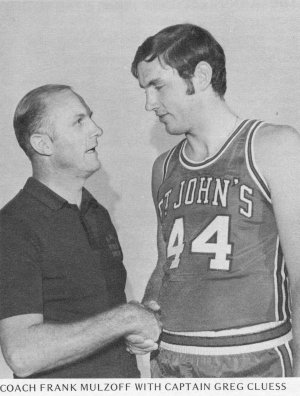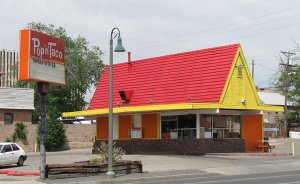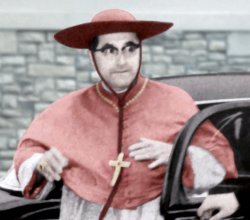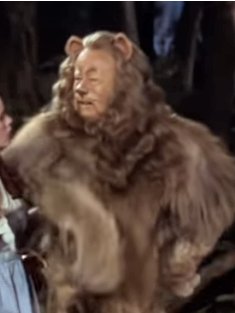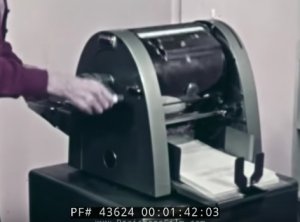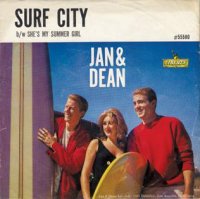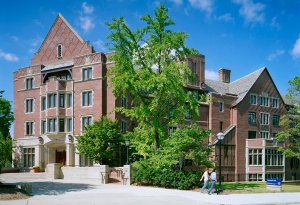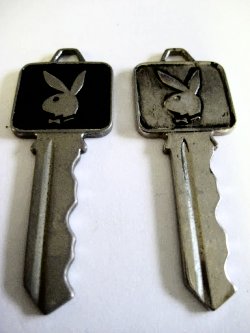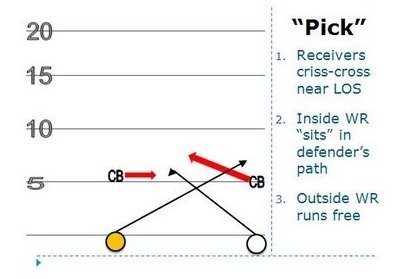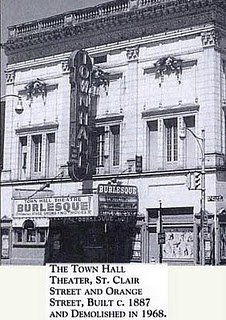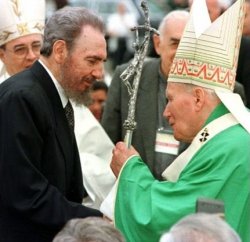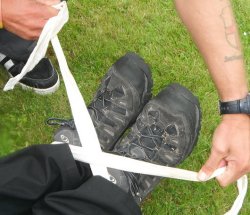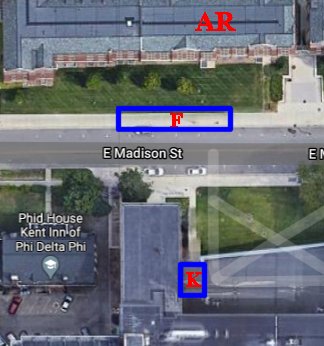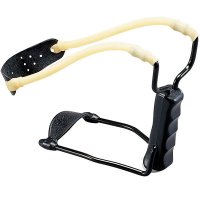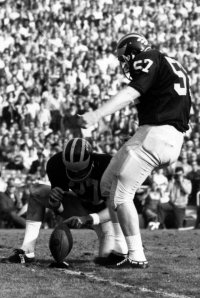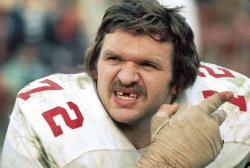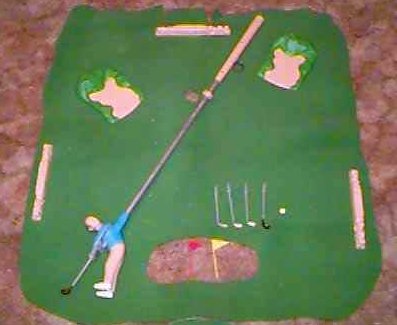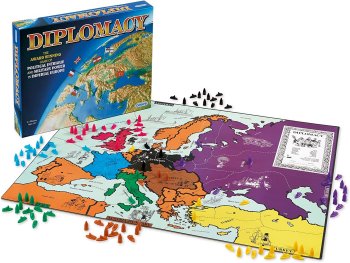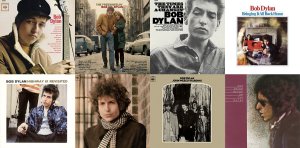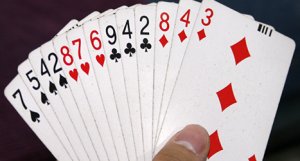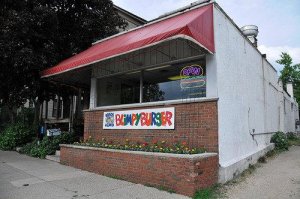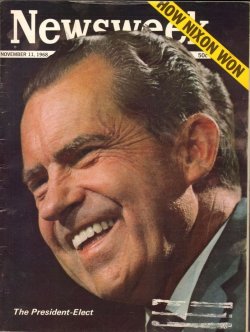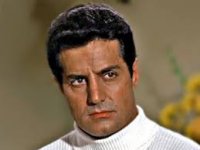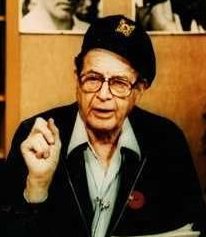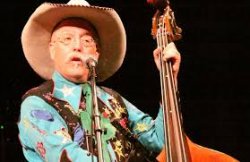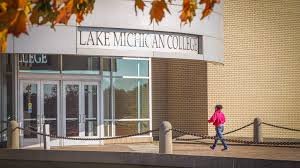Off-duty activities with my Army buddies. Continue reading
Our free time was seldom boring at SBNM. There was always something interesting going on.
Golf: All military personnel could play at the SBNM Golf Course (now called Tijeras Arroyo Golf Course) for only $5 per month. The nine-hole course had just been opened to the military personnel when I arrived.
I never played at the base’s course, and no one whom I knew played there either. The reason was simple. The University of New Mexico Championship Course, which at the time was rated one of the one hundred best courses in America, allowed military personnel to play for the incredible bargain of $10 per month. None of us had much money, but we all thought that it was worth $5 per month to play on a really nice course.
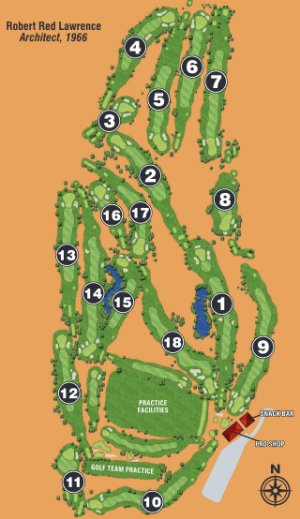 It is easy to see in the diagram at the right that there are not many water hazards on the course. There are also very few trees. In the desert grass or, for that matter, weeds only grow if watered daily. The sprinkler system watered the fairways, the greens, and the rough on this course, but that still left a fair amount of territory between the fairways that the desert had reclaimed. The sand there was much coarser than the sand in the traps. If you just clipped the ball, you could play out of it. If you hit even a fraction of an inch behind the ball, the only certain result was that your clubs would get scratched up.
It is easy to see in the diagram at the right that there are not many water hazards on the course. There are also very few trees. In the desert grass or, for that matter, weeds only grow if watered daily. The sprinkler system watered the fairways, the greens, and the rough on this course, but that still left a fair amount of territory between the fairways that the desert had reclaimed. The sand there was much coarser than the sand in the traps. If you just clipped the ball, you could play out of it. If you hit even a fraction of an inch behind the ball, the only certain result was that your clubs would get scratched up.
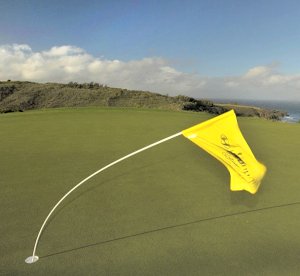 The biggest hazard of all was the wind. You had to play the wind on every shot. The best players were able to keep the ball low. One day the wind was blowing so hard that balls that had come to a stop on the green were subsequently blown off to the fringe.
The biggest hazard of all was the wind. You had to play the wind on every shot. The best players were able to keep the ball low. One day the wind was blowing so hard that balls that had come to a stop on the green were subsequently blown off to the fringe.
Most days I played with either Don Beeson or Terry Burnett or both. I remember that Terry had a Volkswagen; I think that Don also had a car. Don hailed from the state of Washington. I think that Terry was from Ohio. Since they both were in other platoons, scheduling times to play was sometimes a little difficult.
Somehow I got recruited to play on the MP Company team in the SBNM golf league. Don, who was a much better player than I was, may have recruited me. The other two guys whom I remember were Sgt. Sanders, who was, I think, in the headquarters platoon, and a guy from Florida. Both were also better than I was.
Sanders was Black and a lifer. He was a very sociable guy who just loved to play golf in any weather. I think that both Don and the guy from Florida aspired to be professionals. Expectations for me were low. My role was basically to keep the company from forfeiting matches. The merger must have forced the league to be terminated prematurely. I only recall two or three matches. I don’t remember our record, but it could not have been very good. Many of our opponents were really good. I was usually overmatched.
My teammate from Florida had played on golf teams at school and in leagues. He knew a few tricks of gamesmanship that he explained to us. He reportedly once really threw an opponent off his game by mentioning to a teammate how a pro had really improved his grip by focusing on the placement of his right little finger—the only part of the body that has absolutely no role in a golf swing.
I tried to play as often as I could. In theory one could play every day when working shifts if you hurried out to the course at dawn for swing shifts and immediately after day shifts. I played a lot, but I could not keep up that pace. When I started working regular hours in the Law Enforcement Office, I could sometimes play nine holes on weekday evening in addition to any time on weekends.
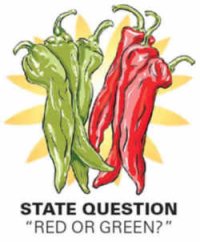 I don’t recall that we ever called ahead for tee times. We did not have easy access to telephones. Neither do I ever recall anyone at the course ever being upset about us playing in groups of two or three either.
I don’t recall that we ever called ahead for tee times. We did not have easy access to telephones. Neither do I ever recall anyone at the course ever being upset about us playing in groups of two or three either.
A highlight of many rounds of golf was the break after nine holes at the Lobo Grill. There was never a decision about what to order, but one needed to be ready to respond to the official state question of New Mexico, “Red of Green?”
Wiffle Ball: The other primary participation sport was Wiffle Ball. I don’t know who owned the bat and ball, but as soon as they were introduced, they were an immediate sensation.
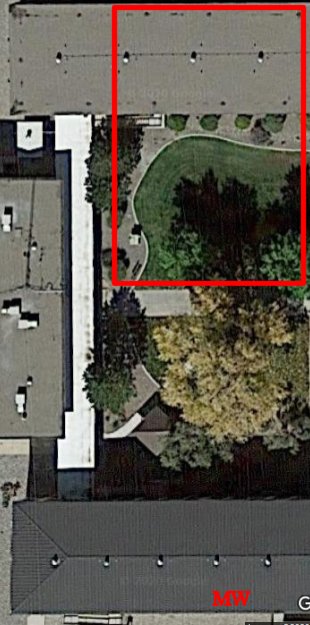
The Wiffle Ball field was approximately the red rectangle in the image at left. MW designates where my room was. The buildings at the top did not exist in 1971. I don’t remember the building on the left or any of those trees either.
We used a tee shirt or something similar for home plate (lower left portion of the red rectangle) and first base. We played “pitcher’s hand” for ground balls. The pitches were slow. No one called balls and strikes, and it was not considered unmanly to “take” a pitch because it was too fast. There were no walks, hit batsmen, doubles, or triples, and there were very few home runs—fair ball fly balls beyond the field of play. Strikeouts—swinging strikes only—were also rare, but I got a few with my devilish sinker.
We usually played with one infielder and one or two outfielders. The most valuable defensive fielder, by far, was Tom Bedell. His skills at catching flies and grounders were only average, but he introduced the concept of infield chatter that elevated the play of his teammates. His vocalizations went well beyond the “Hey, batter, batter” that I remembered from 3&2 baseball. He got everyone chattering when he called out “How about some hustle out there? Let’s see some of that old aratchadagga.” I am not sure how may English words were represented by that last collection of sounds.
Of course, the wind was always a factor. If it was out of the east, it could easily scoop up a potential home run in right field and deposit it on the foul side of third base. Any fly ball that was caught was considered a great victory.
Unfortunately, the game eventually met a fate reminiscent of what befell the Arnold Palmer Indoor Golf Game in Allen Rumsey House. One guy from another platoon was just too good. Batting left handed, he hit a home run to right field almost every time that he came to bat. He even hit homers off of my sinker, which indicated that 1) he was digging pitches out of the dirt; and 2) the bat was striking the side of the ball that was half-filled with holes. I honestly don’t know how he did it.
Off-Base: If someone with a car was trying to get a group together to go to an event, I was usually up for it. The most memorable of these outings was the evening of Friday, June 11. Four or five of us got tickets for a concert at the Albuquerque Civic Auditorium featuring two British groups, Mott the Hoople and Jethro Tull. These are my recollections. I might have some details wrong.
I am not sure who comprised our group. I am almost certain that Tom Bedell was there, and I expect that at least two of Tom Brachna, Bob Willems, and Al Williams came. If so, then we were all at least 21, which made us older than most of the others in attendance. We also had military haircuts and no females with us. Anyone would have immediately guessed that we were from the base.
There was open seating. We brought a blanket and sat on the floor. We were not within ear-blasting range of the speakers, but we had a good view of the stage.
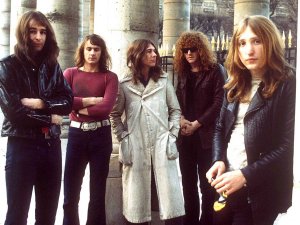 Tremendous applause greeted Mott the Hoople when the five of them appeared. I had never heard of them, but they evidently had an enthusiastic following. After they had warmed up for a few minutes, the lights were extinguished in favor of a few spotlights. Aiding the illumination were hundreds of small orange dots throughout the auditorium. These were supplied by attendees who had been waiting for a little privacy to light their joints.
Tremendous applause greeted Mott the Hoople when the five of them appeared. I had never heard of them, but they evidently had an enthusiastic following. After they had warmed up for a few minutes, the lights were extinguished in favor of a few spotlights. Aiding the illumination were hundreds of small orange dots throughout the auditorium. These were supplied by attendees who had been waiting for a little privacy to light their joints.
I didn’t rate M the H’s performance very highly, but a large portion of the crowd was really into it. At the end most of the people were on their feet applauding in appreciation.
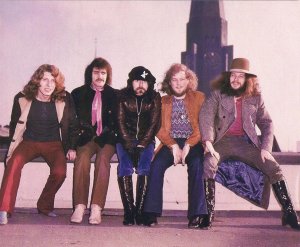 There was a delay of quite a few minutes while Jethro Tull got set up. I really liked the song “Aqualung”, which had been released in May. I had bought the album of the same name and listened to it often. I did not realize at the time that Jethro Tull actually consisted of Ian Anderson and whoever was with him at the time. I think that the group that we saw included Martin Barre, John Evan, Jeffrey Hammond-Hammond, and Barriemore Barlow.
There was a delay of quite a few minutes while Jethro Tull got set up. I really liked the song “Aqualung”, which had been released in May. I had bought the album of the same name and listened to it often. I did not realize at the time that Jethro Tull actually consisted of Ian Anderson and whoever was with him at the time. I think that the group that we saw included Martin Barre, John Evan, Jeffrey Hammond-Hammond, and Barriemore Barlow.
I thought that Tull’s portion of the concert was by far the best that I had ever attended. I especially appreciated Evan, the keyboard player. With Anderson’s flute and Evan’s piano, the sound seemed much richer than most rock bands produced. My favorite number was “Wind-up”, which they played both in the middle and at the end.
For me the strangest thing was that the reception to J T’s performance was much less enthusiastic than the ovation that M the H received. I also noticed a lot fewer orange dots in the auditorium. When the lights came back on, the explanation was a little clearer. Many of the stoners who came for M the H had fallen asleep.
I remember the evening that a bunch of us went to the local drive-in for a double feature, The Ghost in the Invisible Bikini and Dr. Goldfoot and the Bikini Machine. Vincent Price’s portrayal of Dr. Goldfoot did not earn him any accolades, but Goldfoot was a much better movie than Ghost. We had a good time goofing on both flicks.
Al Williams and I went to watch two athletic contests. Both were beyond the end date of this entry, but it seemed silly to make a separate entry for them. Neither involved the Air Force at all.
The first was a high school football game at what was, I think, the only stadium in the city with lights. I don’t remember which teams were playing, but one of them had a Black running back (of which there were not a lot in the Land of Enchantment in 1971) who was shredding the rushing records in New Mexico. I don’t remember his name, but he had even been featured in an item in Sports Illustrated.
He ran over, around, and through the opposition in this game, too, easily reaching the 200-yard mark. However, high school in New Mexico does not have the reputation for producing athletes who achieve greatness at the college and pro level. A few years later, when I still remembered his name, I searched for any mention of this runner. I could find none.
On Thursday, December 23, I rode with A.J. Williams in his Toyota to “the Pit” to watch the finals of the Lobo Classic basketball tournament. The Lobos played St. John’s. It was fun to watch as a disinterested observer; it was not decided until the very end.
I am no expert, but it appeared to me that UNM had better athletes, and they certainly had the home court advantage. Nevertheless, the Redmen prevailed 95-92. Before I researched the game, I would have bet any amount of money that Lou Carnesecca had coached St. John’s that night. In fact, Frank Mulzoff coached the winners. Carnesecca was coaching the New York (now Brooklyn) Nets that year, but he returned to St. John’s in 1973. The St. John’s team that we saw later made it to the semifinals of the NIT.
Al and I also made one wardrobe-enhancing trip. We went to a store in Albuquerque that specialized in cowboy boots. I purchased a rather plain brown pair with squared toes. I wore them whenever I was off-duty. They also lasted me through five or six years of civilian life.
Al had more difficulty finding a pair. He had small feet with extremely high arches. I don’t think that he was able to get his foot into any that he liked. For the first (and only) time in my life someone was envious of my flat feet and narrow heels.
I seem to recall that some guys took a couple of days of leave and drove to the Grand Canyon. I regretted that I decided not to go.
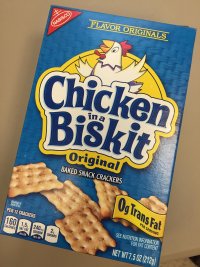 Grub: The meals in the mess hall were actually pretty good. About once a month the mess hall featured tacos at lunch. This was a big attraction.
Grub: The meals in the mess hall were actually pretty good. About once a month the mess hall featured tacos at lunch. This was a big attraction.
I don’t remember anyone complaining very much about the food in the mess hall. Still, ours was a group of healthy young men; many of them had a proverbial hollow leg. Some may have had two.
Almost everyone kept something in his room to snack on. The commissary and BX had a wide assortment to choose from. My favorite was an obscure offering called Chicken in a Biscuit. I liked the taste well enough, but I think that the big attraction was the low price.
A.J. Williams often organized late evening runs for tacos. The destination was always Pup ‘n’ Taco, where the tacos cost only $.18 each. I would usually order four or five of them; some guys ordered more than that. I cannot explain why they tasted so good; there are not a lot of ingredients, but they really knew how to assemble them.
I discovered that Albuquerque was the only place outside of California that had Pup ‘n’ Taco restaurants. Taco Bell, whose tacos are certainly adequate, purchased most of the Pup ‘n’ Taco franchises in 1984. Three locations in Albuquerque that the Bell did not want changed their name to Pop ‘n’ Taco and operated for up to three decades. I am sad to say that even those are now closed.
 It is hard to believe, but a restaurant named Pancho’s Mexican Buffet provided an endless supply of Mexican food for only $1.25. They did not serve water, and beverages were extra. You filled up your plate the first time by going through a buffet line. If you wanted more, you raised a little Mexican flag at your table, a waitress (I am pretty sure that all the servers were female) came to your table, took each person’s order, and promptly brought them all to your table.
It is hard to believe, but a restaurant named Pancho’s Mexican Buffet provided an endless supply of Mexican food for only $1.25. They did not serve water, and beverages were extra. You filled up your plate the first time by going through a buffet line. If you wanted more, you raised a little Mexican flag at your table, a waitress (I am pretty sure that all the servers were female) came to your table, took each person’s order, and promptly brought them all to your table.
 One day some guys in the second platoon decided to test the concept. Four or five of us skipped lunch. That evening we rode in someone’s car to the nearest Pancho’s for supper. We all went through the buffet line, being careful to select as few carbohydrates as possible, and we all used the little flag on the table to order seconds. Some guys got thirds. Everyone had to order at least two iced teas. We all had a great time, confident that Pancho’s made no profit on us.
One day some guys in the second platoon decided to test the concept. Four or five of us skipped lunch. That evening we rode in someone’s car to the nearest Pancho’s for supper. We all went through the buffet line, being careful to select as few carbohydrates as possible, and we all used the little flag on the table to order seconds. Some guys got thirds. Everyone had to order at least two iced teas. We all had a great time, confident that Pancho’s made no profit on us.
I remember waking up at about two o’clock in the morning in rather urgent need of a trip to the latrine (bathroom to you). I arrived to find that I had to wait. All of my dining companions were already there. The next morning we all agreed that the joyful experience of supreme Mexican bloating was enough to outweigh a little discomfort in the middle of the night. However, no one ever organized another trip to Pancho’s.
I made more than a dozen business trips to Houston in the late nineties and early twenty-first century. I often passed by a Pancho’s. I was on an expense account, and I could get absolutely delicious Tacos al Carbon at restaurants that were more convenient. I never went to Pancho’s, but I was happy to see that that unique dining experienced had survived.
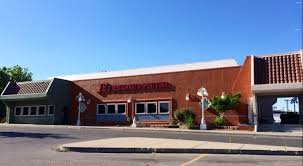 Unfortunately, the corporate offices shut down all corporation-owned Pancho’s in 2012 and removed all traces of the company’s existence. By 2017 some independently owned franchises in Houston had either closed entirely or converted to Cuban Cafes. I think that there are still some independents open for business, but I don’t know how closely they resemble the originals. I am pretty sure that none remain in Albuquerque. The one that we patronized on San Mateo Blvd. definitely closed in 2017. Unless it drastically changed its approach, I doubt that, that it could have survived the pandemic.
Unfortunately, the corporate offices shut down all corporation-owned Pancho’s in 2012 and removed all traces of the company’s existence. By 2017 some independently owned franchises in Houston had either closed entirely or converted to Cuban Cafes. I think that there are still some independents open for business, but I don’t know how closely they resemble the originals. I am pretty sure that none remain in Albuquerque. The one that we patronized on San Mateo Blvd. definitely closed in 2017. Unless it drastically changed its approach, I doubt that, that it could have survived the pandemic.
So, if you are looking for cheap and/or delicious tacos in Albuquerque, you are on your own.
Movies: I seem to recall a group of us going to a movie or two in town, but I don’t remember any details. We might have attended a Marx Brothers festival. I think that there was an “art theater” near UNM.
We went to the base theater many times. I even went by myself at least once. It only cost $.35. How could you go wrong?
I have pretty vivid memories of two movies that we saw at the Sandia Base theater. In both cases our little group of white guys in the military was a distinct minority.
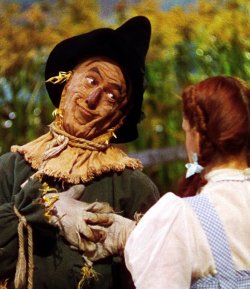 The first was The Wizard of Oz. The majority of the audience was children, most of whom had never seen the movie. They may not have even been familiar with it. It might have been a scary experience for them; those flying monkeys certainly scared me the first few times that I saw the film. Some of those kids might have fallen in love with Dorothy or with the music. Some might have thought that the special effects, which in 1971 were already 32 years out-of-date, were inadequate to the task. A few might have just thought that the whole thing was silly.
The first was The Wizard of Oz. The majority of the audience was children, most of whom had never seen the movie. They may not have even been familiar with it. It might have been a scary experience for them; those flying monkeys certainly scared me the first few times that I saw the film. Some of those kids might have fallen in love with Dorothy or with the music. Some might have thought that the special effects, which in 1971 were already 32 years out-of-date, were inadequate to the task. A few might have just thought that the whole thing was silly.
Everyone in our group, on the other hand, had seen it at least four or five times. We came for the perfections—the perfect casting, the perfect music, the unbelievable aggregation of small people who each performed perfectly. We also came to goof on the imperfections—the lion’s tail, the wrong shoes, the rope that came loose from the balloon, and everything else. I am almost positive that we enjoyed the movie more than any of the kids. I did not notice any of them imitating the scarecrow’s stumbling walk on the way home.
The Wizard of Oz is one of my two favorite movies of all time, and it is best enjoyed in a theater. There is nothing that I would change about it.1 I even agree with the decision to cut Ray Bolger’s incredible dance. It would be nice to have the last verse of “If I only had a brain”, but the plot had no used for a flying scarecrow.2
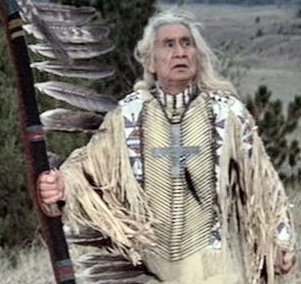 The other striking movie was Little Big Man. What an experience this was! Imagine watching a western film in a theater in which the Indians in the audience outnumbered the white people by a considerable amount. It wasn’t so much that this movie was enjoyable. The massacres were too disgusting for that. Viewing it in this setting was, however, a real eye-opening experience. Also, Old Lodge Skins beautifully delivered one of the all-time great lines: “Sometimes the magic works, and sometimes it doesn’t.
The other striking movie was Little Big Man. What an experience this was! Imagine watching a western film in a theater in which the Indians in the audience outnumbered the white people by a considerable amount. It wasn’t so much that this movie was enjoyable. The massacres were too disgusting for that. Viewing it in this setting was, however, a real eye-opening experience. Also, Old Lodge Skins beautifully delivered one of the all-time great lines: “Sometimes the magic works, and sometimes it doesn’t.
There were not many parties. I remember that Tom Bedell and I went over to Jim Anderson’s house one evening. There must have been someone else, too. I don’t think that Tom had access to a car.
In preparation for our arrival. Jim and his wife had filled their bathtub with cans of (if memory serves) Budweiser and ice cubes. I had at most one can. Tom taught everyone a drinking game called Cardinal Puff. I contacted him by email a few years ago to get the precise rules. He could not remember them. The only thing that I remember is the phrase “Once a cardinal, always a cardinal.” One version of the entire litany is described here.
A bunch of us went to a bar a couple of times. I remember that Tom Brachna caught me looking at a waitress’s legs. I was embarrassed.
Bridge: I asked around a lot, but the only person in MPCO SBNM who would admit to me that he played bridge was Terry Burnett. One evening Terry and I were partners at the ANAF Club’s weekly game. They had a handful of tables, but they did not use duplicate scoring. We played for a few minutes at one table and then moved to the other. The winner was the team with the most total points.
This method of scoring makes for a horrible game. If you don’t get the cards, it is almost impossible to win. Also, if someone at any table gets great cards, there is not much that you can do. We only played once.
1. On second thought I judge that both the lyrics and the gestures in the lion’s song could use some work. The “sissy” and “dandy lion” references are no longer considered acceptable usage, and the limp wrist gesture also seems out of place. Furthermore, what the heck does “clever as a gizzard” mean?
2. The deleted footage can be viewed here.


